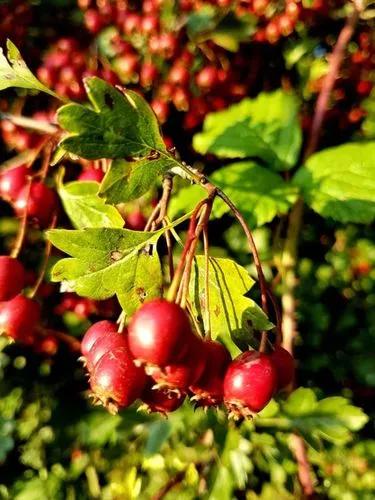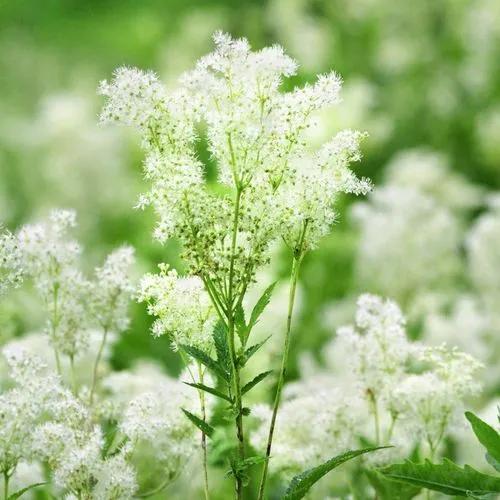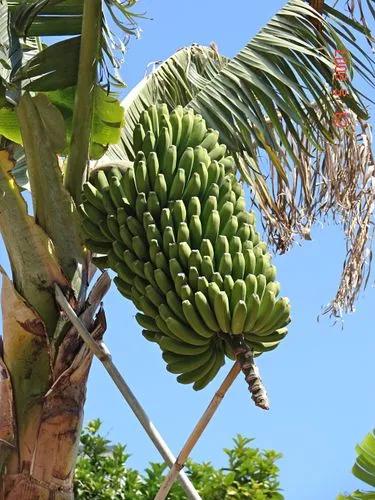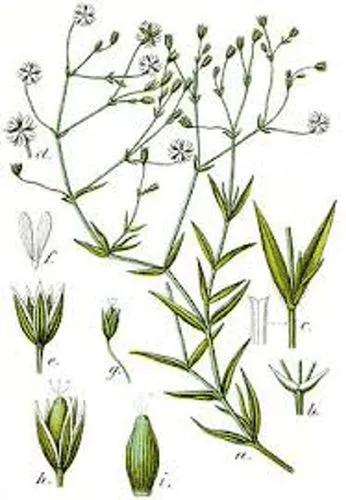Their leaves and flowers can be used as vegetables. They are often grown as foods in India, Western Africa, and South America. Celosia argentea is a tender annual that is often grown in gardens. It blooms in mid-spring to summer. It is propagated by seeds. The seeds are extremely small, up to 43,000 seeds per ounce. The flowers are hermaphrodites and the plant also exhibits dodecaploidy. As these plants are of tropical origin, they grow best in full sunlight and should be placed in a well-drained area. Full sunlight means they should get at least 8 hours of direct sunlight. For healthy growth plant them in the area where they get early morning sunlight and afternoon shade. In the afternoon the sunlight are mostly harsh especially in hot summer. Afternoon shade will save the plant from excessive heat. The flowerheads can last up to 8 weeks, and further growth can be promoted by removing dead flowers.
Yellow Celosia Care
Celosia Argentea Var. Cristata



How to Care for the Plant

Water

Avoid overhead watering as it can cause powdery mildew and leaf spots. Always go for the bottom watering method, as it lets the soil absorb water evenly and lets the excess drain out from the pot’s bottom holes.

Pruning

Celosia does not usually require significant pruning, but gentle shaping will make it look its best. To shape the plant, pinch off its longer stems. Remove leaves that look unhealthy or have dried out. Do not pull off the leaves; pinch or cut them with sharp garden scissors. Also, be sure to remove dead flowers, as this will encourage the growth of new buds. Stems that are broken should be pruned below the defect. Never leave damaged stems on a celosia, as disease could enter the plant.

Fertilizer

Unlike many flowering plants, the celosia can produce an abundance of blooms without the addition of fertilizer, making it an exceptionally easy-care flowering plant. Though it will thrive without fertilizer, it will benefit from a soil high in organic matter, and you can add a water-soluble monthly fertilizer if you wish.

Sunlight

Celosia is a full sun plant. Position it in a spot where it will receive at least 8 hours of sunlight each day for maximum growth. It can also tolerate partial shade, but a full sun position will yield the best results and produce a greater abundance of flowers.

Soil

Celosia requires warm soil to germinate, so use a heating pad or supply bottom heat if possible. Ideal daytime temperatures are in the region of 80 °F, and nighttime temperatures between 10 and 15 degrees lower than this. The soil will need to be kept consistently moist, which is best achieved with a daily water spray. Cover the tray with clear plastic to create a humid environment similar to a greenhouse, removing the plastic once seedlings have developed. Light is not required for germination, and too much light can actually prevent the seedlings from forming, so situate the tray in shaded but not dark position.

Temperature

Grow on at 60-65° F. Celosia is a heat-loving plant and does not tolerate cool temperatures during the growing stage. Low temperatures can cause premature flowering and can result in poor garden performance. Fertilize weekly with a well-balanced fertilizer at 150-220 ppm nitrogen.

Container

Plant them in your favorite container and place in in a kitchen window, on your desk at work or even in a sunny corner of the patio. Adds a distinctive look in Summer garden beds as well.

Additional

The celosia is non-toxic to humans and pets, making it an ideal plant for indoor herb gardens. The flowers, leaves, and stems of the plant are all edible. Celosias are prized in Africa and East Asia as an excellent source of vitamin A, vitamin C, and iron. The leaves can be eaten raw, parboiled, or sautéed. For a delicious side dish, add onion, lime juice, or a dash of chili oil. Celosia leaves soften quickly, so be careful not to overcook them. The flowers are commonly used in soups and stews or can be added as a garnish to salads. Here are some fast facts about celosia:
Can be grown easily from seed in an organic growing media for edible purposes. Needs six to eight hours daily of full or indirect bright sun. Blooming period lasts up to 10 weeks, given the proper conditions.

Popularity

559 people already have this plant 158 people have added this plant to their wishlists
Discover more plants with the list below
Popular articles






